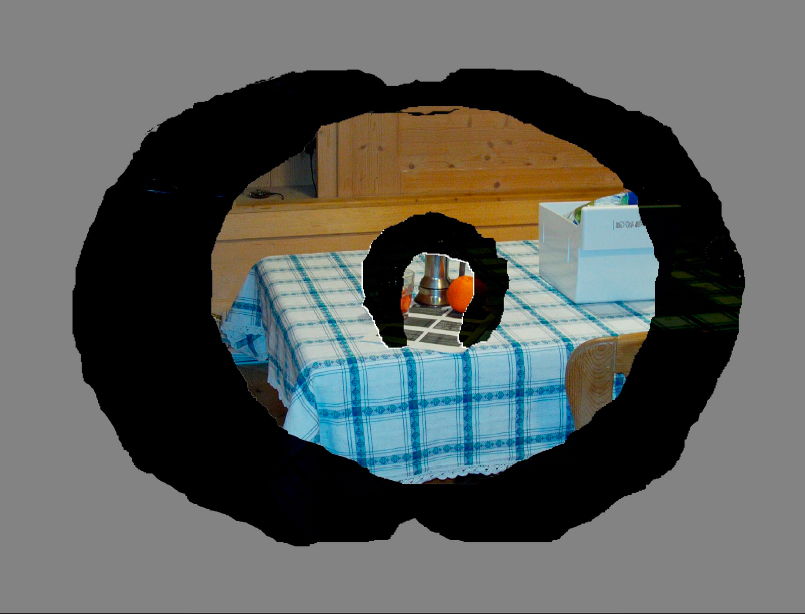
Glaucoma, the second leading cause of vision loss, affects 60 million people worldwide, causing blindness in more than 8 million. These numbers are expected to increase in the future, in part because of the rapidly aging population.
The eyeball is filled with the aqueous humor, which enables the eyeball to maintain its shape. This fluid is produced in the rear chamber of the eye, passing through it and entering the front or anterior chamber, where it normally drains from the eye at the same rate that it is being produced. When fluid drainage fails to keep pace with its buildup, intraocular pressure (IOP) builds up, compressing the optic nerve, which results in glaucoma.
There are several types of glaucoma. Open-angle glaucoma is the most common type and the leading cause of blindness among individuals of African origin. It develops slowly and without symptoms until vision becomes impaired. By contrast, angle-closure glaucoma is a painful condition that carries the risk of vision loss within days if not treated immediately. In this case, drainage from the eye is suddenly blocked, and the IOP abruptly rises.
Drugs can effectively control glaucoma, but they cannot cure it. Five classes of drugs are used to treat open-angle glaucoma by lowering the IOP. They act by reducing the production of fluid, by increasing its outflow from the eye, or by both mechanisms. Multiple drugs are often used in combination.
THWARTING THE SILENT THIEF OF SIGHT. Beta-adrenergic blocking agents, such as timolol (Timoptic), are usually the first class of drugs used to treat open-angle glaucoma by decreasing fluid production. Like propranolol, the classic beta-blocker, Timoptic is relatively nonselective in its beta-blocking effects. Hence, although Timoptic drops or gel are applied to the eye, the drug can enter circulation and exert effects on distant parts of the body. In susceptible individuals with a history of asthma or chronic obstructive pulmonary disease (COPD), Timoptic can cause constriction of the bronchi, resulting in severe shortness of breath. It can also interfere with heart function in patients with heart disease.
SEE ALSO Physostigmine (1875), Diamox (1952), Propranolol (1964).

This illustration depicts an approximation of what an individual with glaucoma might see when looking at a kitchen table. Glaucoma is a condition in which a person suffers irreversible loss of peripheral vision. In the absence of treatment, total blindness will occur.